Christian Dior’s five most iconic looks
The V&A is hosting a major Dior exhibition from 2 February 2019
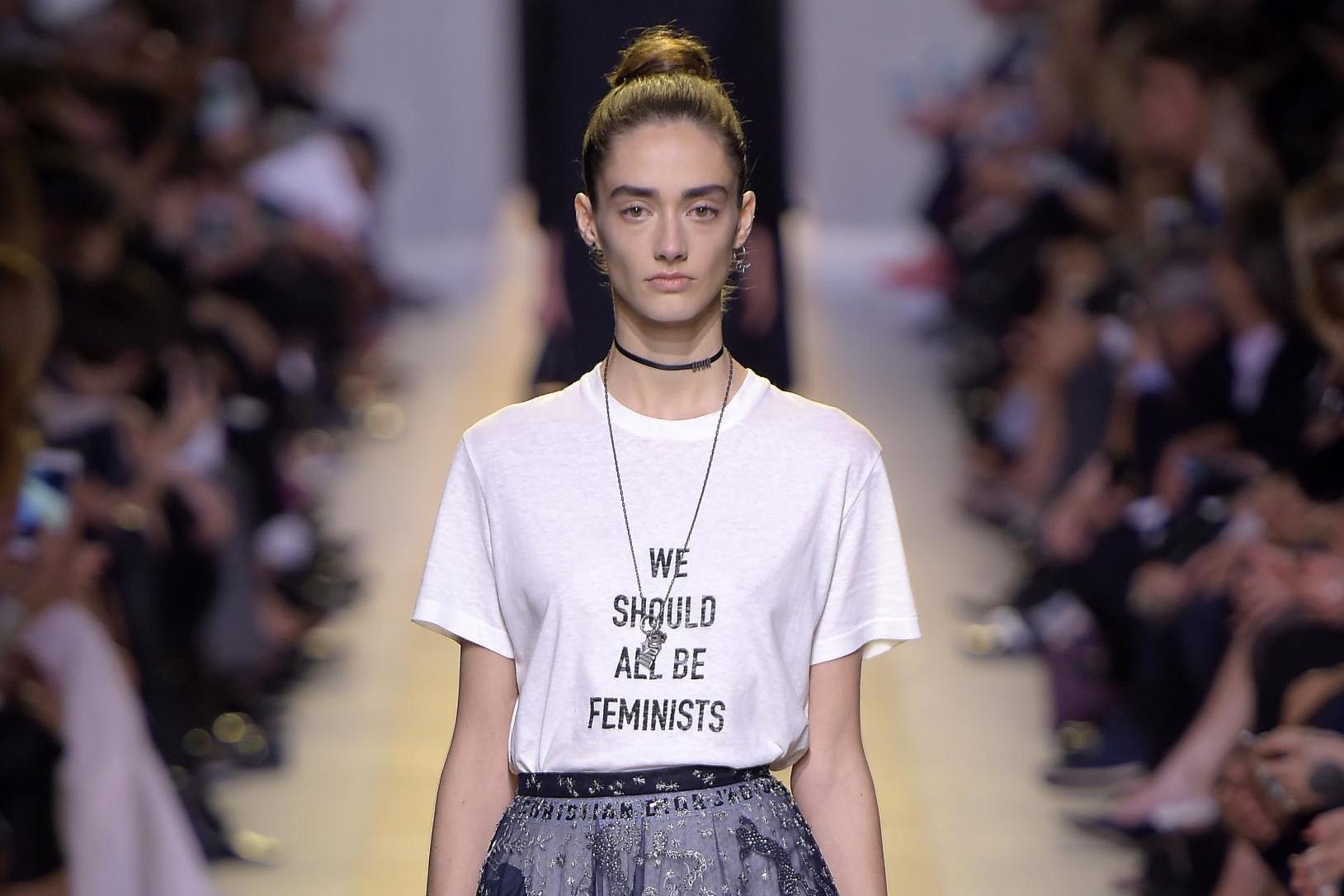
Your support helps us to tell the story
From reproductive rights to climate change to Big Tech, The Independent is on the ground when the story is developing. Whether it's investigating the financials of Elon Musk's pro-Trump PAC or producing our latest documentary, 'The A Word', which shines a light on the American women fighting for reproductive rights, we know how important it is to parse out the facts from the messaging.
At such a critical moment in US history, we need reporters on the ground. Your donation allows us to keep sending journalists to speak to both sides of the story.
The Independent is trusted by Americans across the entire political spectrum. And unlike many other quality news outlets, we choose not to lock Americans out of our reporting and analysis with paywalls. We believe quality journalism should be available to everyone, paid for by those who can afford it.
Your support makes all the difference.With a legacy that spans seven decades, the influence that Christian Dior had on the fashion world is impossible to ignore.
Founding his eponymous fashion house in 1946, the designer showed his first ever collection just one year later, introducing women to nipped in waists and full skirted ensembles that subsequently changed the face of fashion forever.
Since Dior’s passing in 1957, fashion house has seen six successors, all of whom played an integral part in its enduring popularity.
In celebration of the label’s successes, the V&A Museum is staging the largest and most comprehensive exhibition on French couture fashion house Christian Dior in the UK.
Titled Christian Dior: Designer of Dreams, the major retrospective will open on 2 February and will be the biggest fashion exhibition since Alexander McQueen: Savage Beauty in 2015.
It will showcase the couturier’s own designs, as well as those of the six artistic creative directors that followed him, with more than 500 objects, including over 200 couture garments, sketches, accessories and fragrances.
Here, we take a look at five of Dior’s most iconic chapters throughout history.
Christian Dior's The New Look
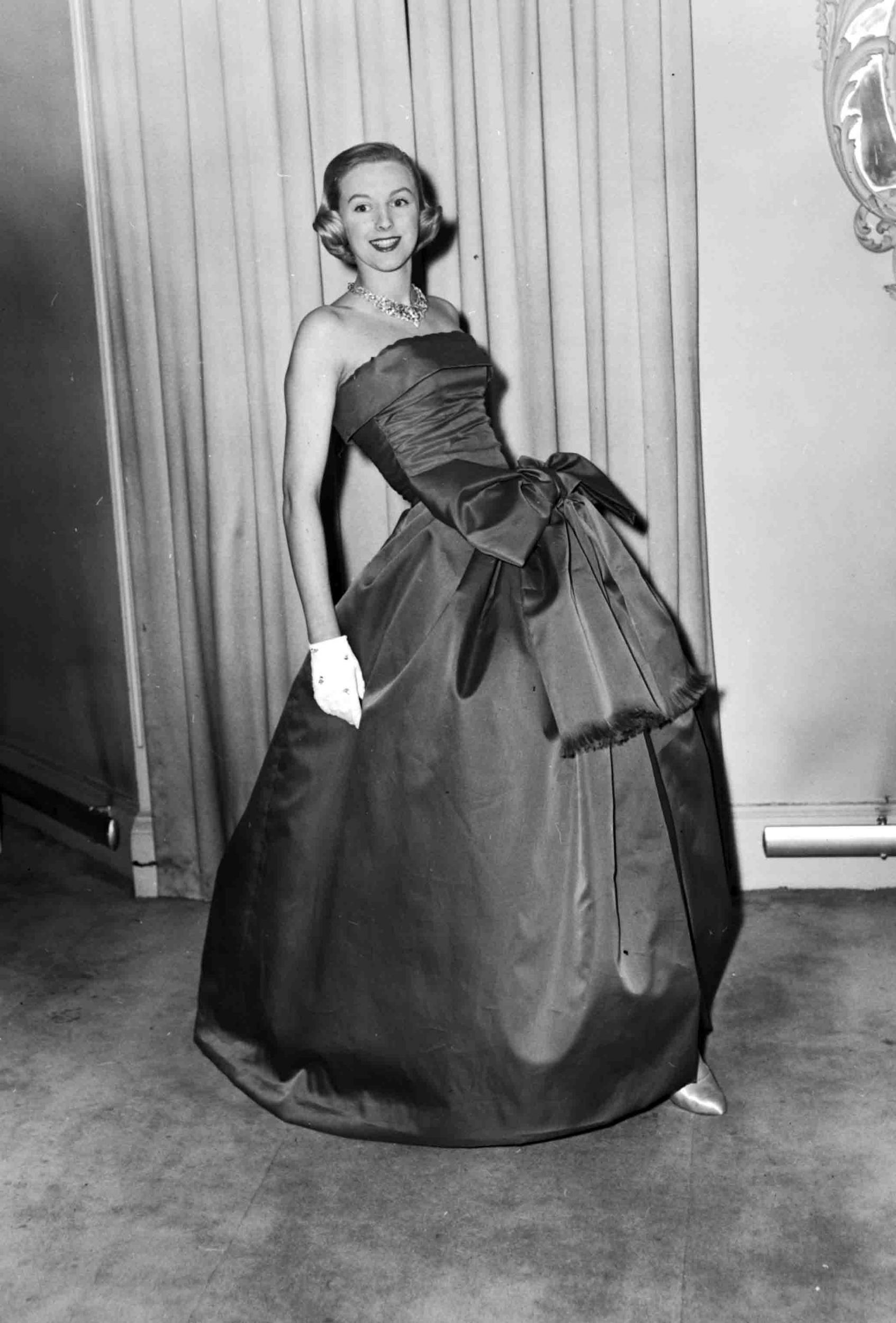
In the aftermath of World War II, Christian Dior single-handedly changed the face of women’s fashion with a sweeping departure from post-war austerity.
Epitomised by the “Bar” suit from his debut collection in 1947, the designer created a brand new silhouette which featured a small, nipped-in waist and full skirt falling below mid-calf length to emphasise a woman’s hourglass shape.
Much to the dismay of many women who had just started getting used to the rising hemlines and boxy shapes of the 1940s, the style, which was dubbed “The New Look” by editor-in-chief of Harpers Bazaar, Carmel Snow, quickly gained traction and propelled classic elegance into the limelight.
Christian Dior's tulip silhouette
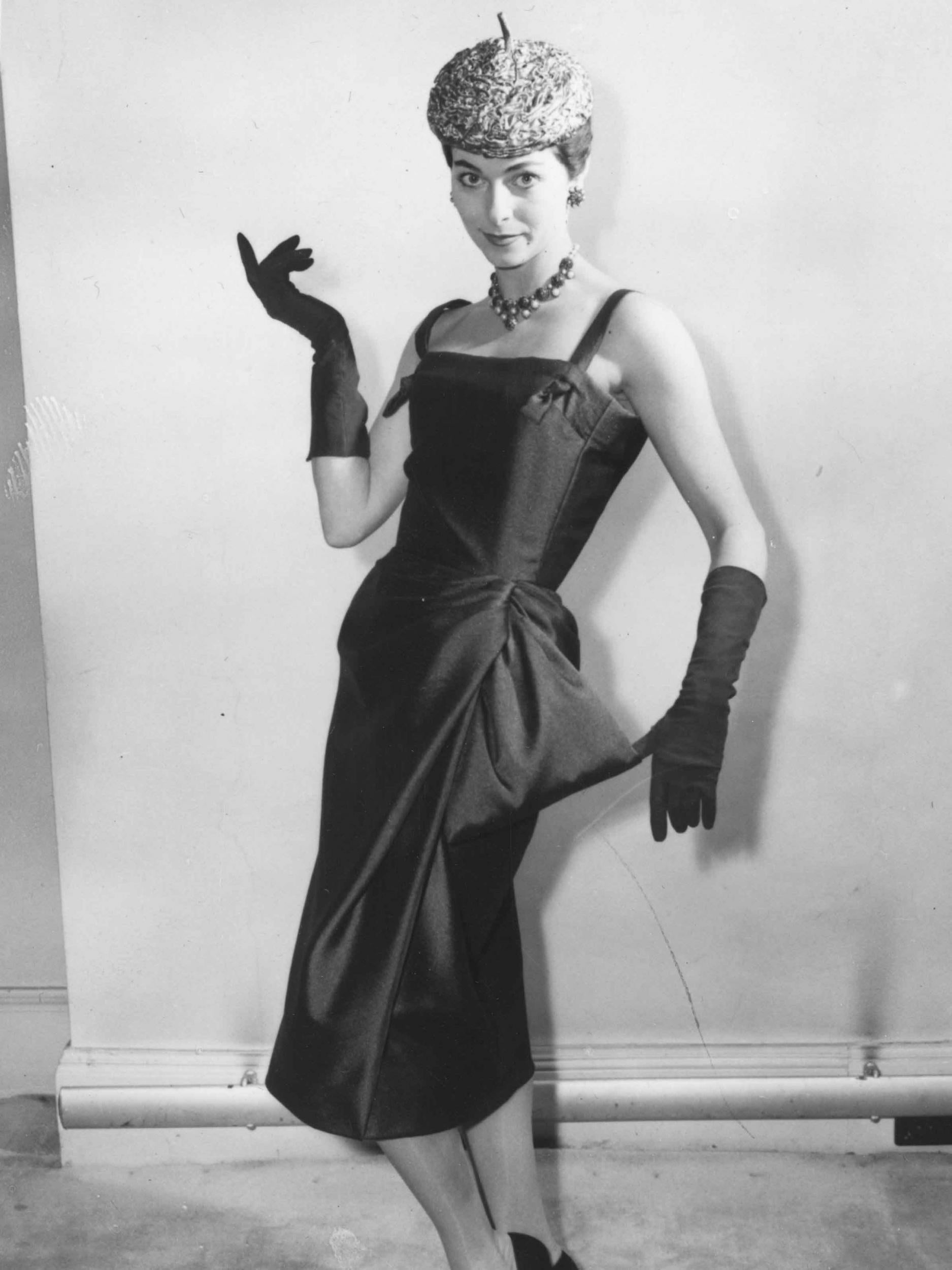
Perhaps his second-most memorable style, Christian Dior’s next major style change was in the skirt department with the launch of his signature “Tulip” silhouette.
Instead of swirling layers of fabric, the designer’s ball gowns became more streamlined to make a woman’s waist the centre of focus. Many of the label’s dresses curved at the waist and flared out into an hourglass shape with a form-fitting V-shaped neckline.
Gianfranco Ferré's Italian flamboyance
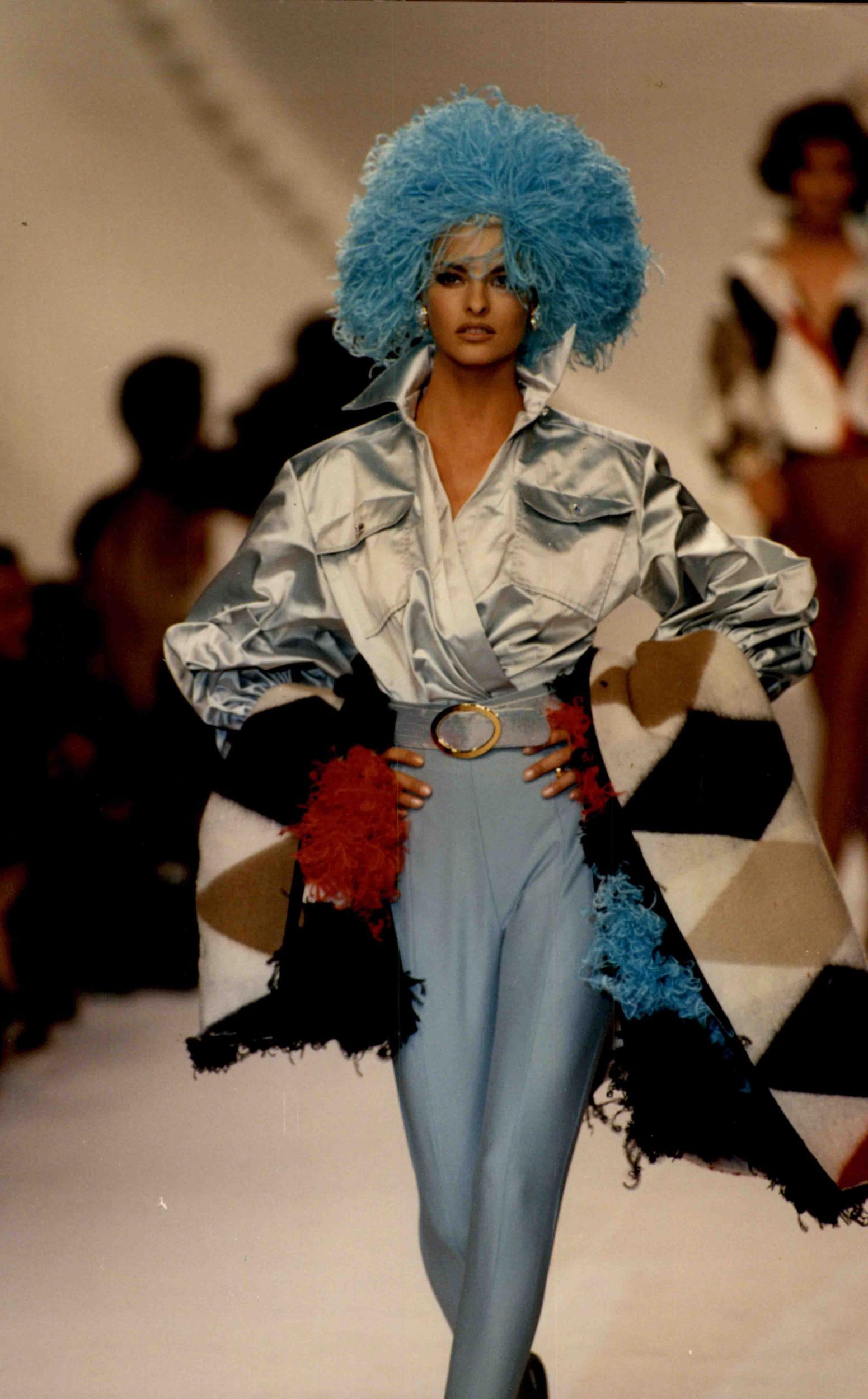
The first non-Frenchman to helm Dior, Gianfranco Ferré followed in the footsteps of Yves Saint Laurent and Marc Bohan when he was appointed in 1989.
Known as “the architect of fashion”, Ferré’s reign coincided with the age of the original supermodels to herald in a new era of Italian flamboyance.
One of Ferré’s most iconic designs, the Palladio dress, a long embroidered and pleated white silk dress, has been held on display at the Musée des Arts Décoratifs exhibition in Paris and it is hoped it will make an appearance at the V&A too.
John Galliano's theatrical gowns

In 1996, John Galliano succeeded Gianfranco Ferré, taking his predecessors ostentation one step further. Galliano’s extraordinary mix of feminism and modernity were met with his love of theatre, and so the catwalk as we know it today was generated.
One of this most extravagant displays, was the Dior Couture show for spring/summer 1998, which was famously staged at the Paris Opera House. Here, a collection inspired by the Ballets Russes was beaming with decadent gowns, kimonos and extravagant embroideries.
Maria Grazia Chiuri's political statements
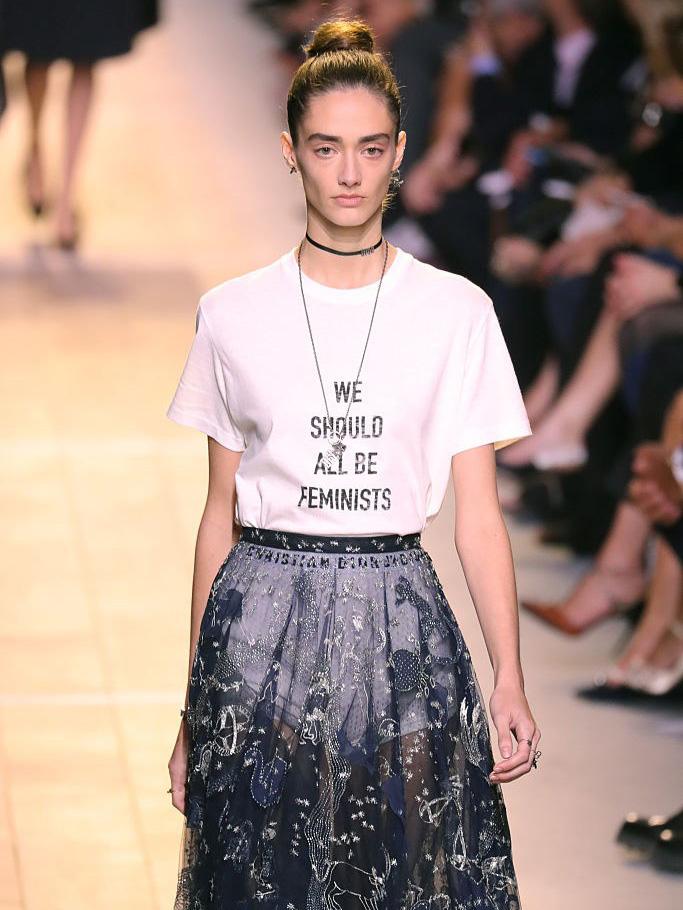
The first female creative director of Dior, Maria Grazia Chiuri took the helm at Dior in 2016, and, it’s safe to say, history was made.
Her debut show epitomised a fresh vision for the fashion house that declared "we should all be feminists."
Forgoing Galliano’s spectacles, Chiuri shared her message with the world in the form of slogan T-shirts that came emblazoned with the quote from Nigerian writer Chimamanda Ngozi Adichie.
Join our commenting forum
Join thought-provoking conversations, follow other Independent readers and see their replies
Comments